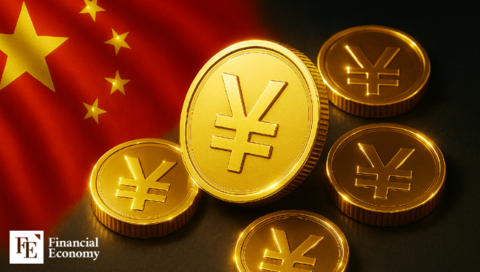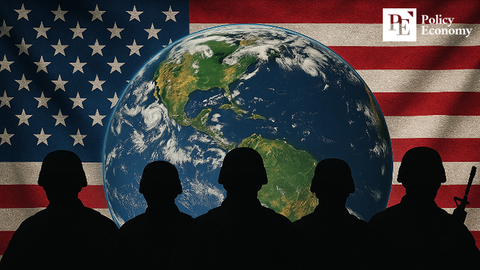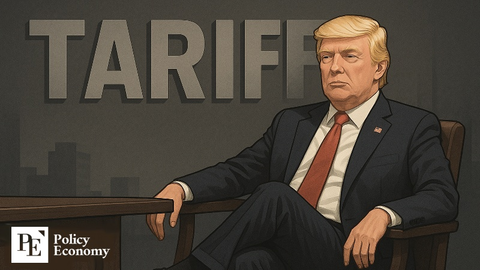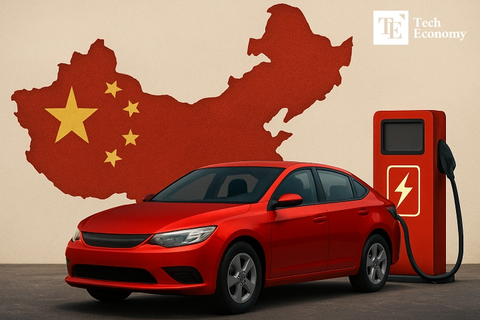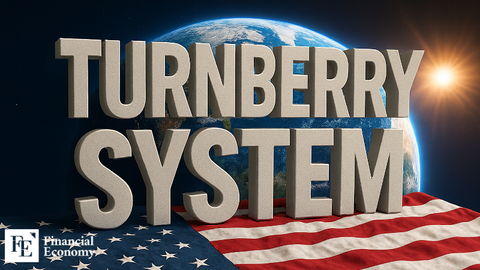Taiwan’s Strategic Shift to woo Trump: Zero Tariffs and Promised Investments
Input
Changed
A New Trade Vision: Taiwan’s Push for Tariff-Free Access and U.S. Investment Expansion The Limits of Taiwan’s Strategy A Growing Rift in U.S. Economic Thinking
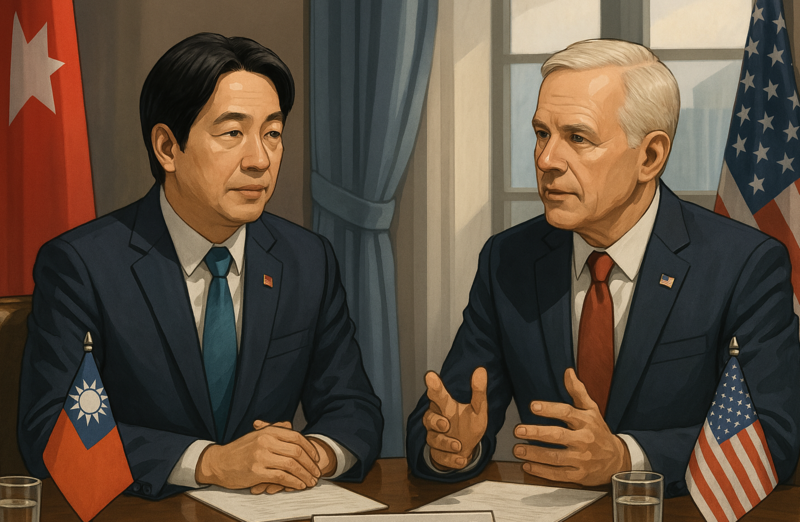
A New Trade Vision: Taiwan’s Push for Tariff-Free Access and U.S. Investment Expansion
In a significant development, Taiwan has announced its intention to work towards a zero-tariff agreement with the United States while simultaneously pledging more investment in the US economy. This move comes as Taiwan seeks to ease trade tensions that have arisen due to tariffs imposed by the Trump administration. The Taiwanese government’s decision to negotiate for zero tariffs is seen as a strategic attempt to convince the US that its economic relationship with Taiwan is mutually beneficial, aiming to ensure that the US does not lose out financially. Taiwan’s desire to foster a deeper economic relationship with the US could also be a broader effort to strengthen political ties, especially amid rising geopolitical tensions in Asia.
Taiwan's President Lai Ching-te has openly pledged to remove trade barriers and increase investments in the US as part of a broader strategy to address the ongoing trade disagreements between the two nations. At the core of this initiative is Taiwan’s desire to promote greater economic cooperation with the US while demonstrating a commitment to sustaining a stable and mutually beneficial trade relationship.
The idea of zero tariffs between Taiwan and the US represents a significant shift in Taiwan’s economic strategy, reflecting its desire to strengthen its position in global trade. As Taiwan eyes more favorable trade terms, it is also committed to increasing its investments in key sectors of the US economy, including technology, manufacturing, and infrastructure. Taiwan's semiconductor industry, one of the world's largest and most advanced, is seen as a key component of this effort, as Taiwan looks to enhance its presence in the US tech sector.
This development is part of a broader trend in which countries are working to align their economic interests with the US to secure favorable trade terms. Taiwan, with its growing economic prowess and technological expertise, is positioning itself as a key partner in the US’s efforts to maintain its competitive edge in global markets, especially in the areas of high-tech manufacturing and digital infrastructure.
However, Taiwan's approach to negotiating zero tariffs with the US could raise questions about the broader implications for global trade relations. Will this strategy work exclusively for Taiwan, or could it inspire other nations to pursue similar agreements with the US? Taiwan’s unique geopolitical position and its strong economic ties with the US might make it a special case, but the idea of zero tariffs as a bargaining chip could catch the attention of other countries—particularly those in the Asia-Pacific region.
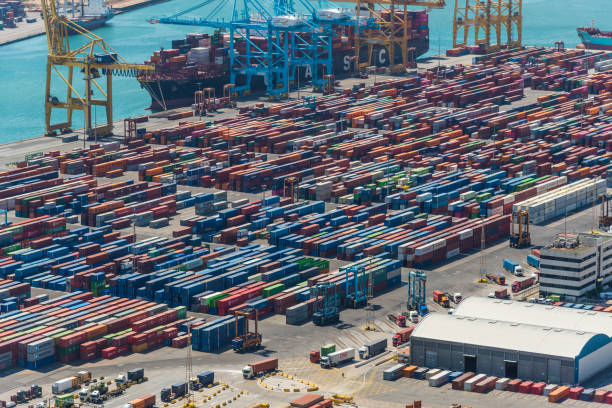
The Limits of Taiwan’s Strategy
The possibility of Taiwan's approach being replicated by other countries remains uncertain. Taiwan’s case is unique because of its close political and economic relationship with the US, particularly in the context of the ongoing tensions with China. Taiwan’s push for zero tariffs may not be easily replicated by other nations, especially those in different regions with varying geopolitical interests and economic dependencies.
For example, countries like Japan and South Korea, which share similar economic and political interests with the US, might consider following Taiwan’s lead. These nations already have significant trade and military ties with the US, and any effort to remove trade barriers could be seen as an extension of their existing partnerships. However, it is unclear whether countries outside of the Asia-Pacific region, particularly those with less strategic alignment with the US, would follow suit.
Many countries in Europe, Africa, and Latin America have different economic priorities, and their trade relationships with the US are not as tightly woven into broader security and geopolitical frameworks. For these countries, negotiating zero tariffs with the US could be a more complicated process, given the challenges of aligning their national interests with the US’s economic policies.
Moreover, the global economic landscape has been shaped by longstanding trade agreements, multilateral organizations like the World Trade Organization (WTO), and regional trade blocs. For countries outside of the US’s sphere of influence, the idea of negotiating individual tariff agreements may not be as appealing as working through established trade frameworks. As such, it is doubtful that Taiwan’s model will be widely adopted by nations without similar geopolitical circumstances or economic motivations.
The Trump administration’s approach to trade has been marked by a focus on tariffs and reciprocal trade negotiations, with the aim of securing better deals for the US. The move to impose tariffs on certain countries, including China and other trading partners, has sparked a flurry of activity, with more than 50 countries reportedly seeking trade talks with the US following the announcement of the tariffs.
However, one key question that arises is why these countries did not seek trade negotiations earlier, before the tariffs were announced. The sudden surge in trade talks highlights a sense of urgency among nations that are now feeling the impact of the tariff policies. For countries like Taiwan, which have long-standing trade relationships with the US, the introduction of tariffs was seen as a disruptive force that forced them to reassess their economic strategies.
It is noteworthy that many of these countries did not engage in negotiations before tariffs were implemented, which has led to some criticism of the Trump administration's approach. Why didn’t countries raise concerns or negotiate trade terms before the tariffs began to affect financial markets? This lack of proactive engagement from many nations suggests that there may have been a reluctance to confront the US over its trade policies until the financial implications became more apparent.
While some nations may have seen tariffs as a temporary measure, others, like Taiwan, are now realizing the need to adapt to the changing dynamics of global trade. This shift in perspective underscores the broader challenges faced by the global trading system, where tariffs and trade wars are no longer just economic issues but also geopolitical ones that have far-reaching consequences.
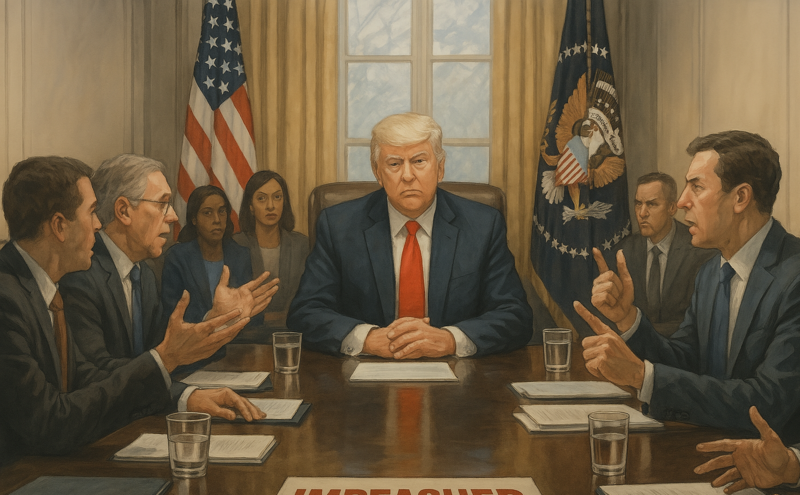
A Growing Rift in U.S. Economic Thinking
In a related development, Elon Musk has expressed his hope for a free trade zone between the US and Europe, a vision that mirrors some of the goals behind Taiwan’s efforts to reduce tariffs with the US. Musk’s call for a zero-tariff agreement between the US and Europe highlights the growing recognition of the need for more streamlined trade relationships in an increasingly interconnected global economy.
Musk’s idea of a free trade zone between the US and Europe is aimed at fostering greater economic cooperation and eliminating trade barriers between two of the world’s largest economic powers. Such an agreement would focus on reducing tariffs, simplifying trade processes, and creating a more efficient framework for transatlantic commerce. Musk’s proposal aligns with his broader belief in the power of technological innovation to drive economic growth, as he envisions a system where goods and services can flow more freely across borders without the hindrance of tariffs or unnecessary regulations.
However, Musk’s push for a free trade zone with Europe raises similar questions to those raised by Taiwan’s push for zero tariffs with the US. Why is this vision being proposed now, after years of complex negotiations and trade deals? The timing of Musk’s proposal, in the wake of the Trump administration’s tariff policies, suggests that the need for reform in global trade relations has become more urgent. Yet, much like Taiwan’s efforts, Musk’s vision may face significant resistance from political and economic interests that have long been embedded in existing trade frameworks.
The Challenges of Negotiating Trade Agreements in a Shifting Global Landscape
Both Taiwan’s zero-tariff plans and Musk’s calls for a US-Europe free trade zone illustrate the shifting dynamics of global trade in the 21st century. As countries and companies grapple with the complexities of international commerce, the question arises: why didn’t these negotiations take place earlier, before the implementation of tariffs? The failure to address trade imbalances, tariffs, and trade barriers earlier in the process highlights the challenges of negotiating agreements in a rapidly changing global economy.
In conclusion, Taiwan’s push for zero tariffs with the US is a significant development in the ongoing evolution of global trade relations. While it may serve as a model for other nations in Asia, its applicability to countries outside the region remains uncertain. As the world continues to navigate the complexities of trade, tariffs, and economic cooperation, Taiwan’s strategy may become a pivotal point in the ongoing discussions about the future of international trade.

